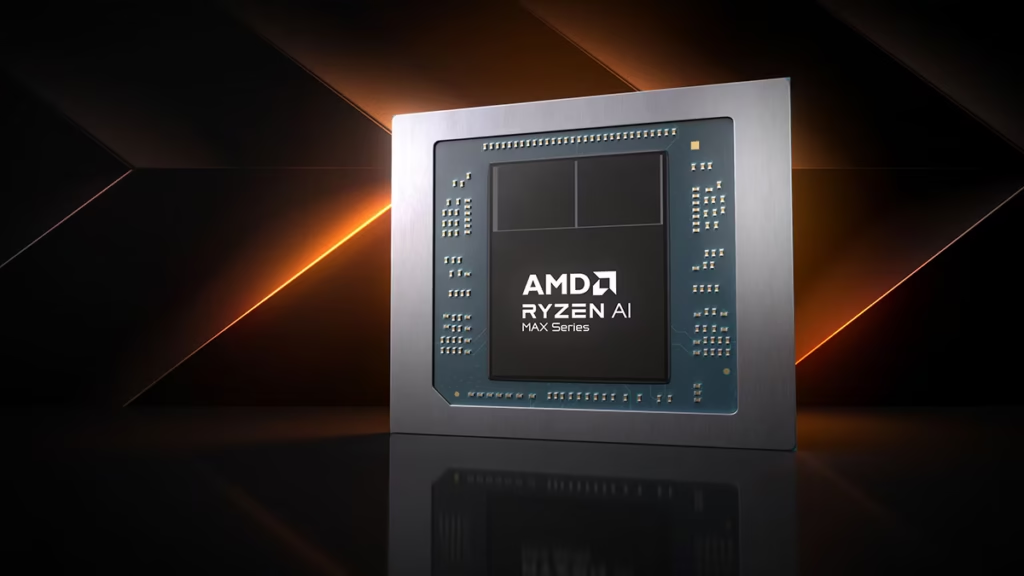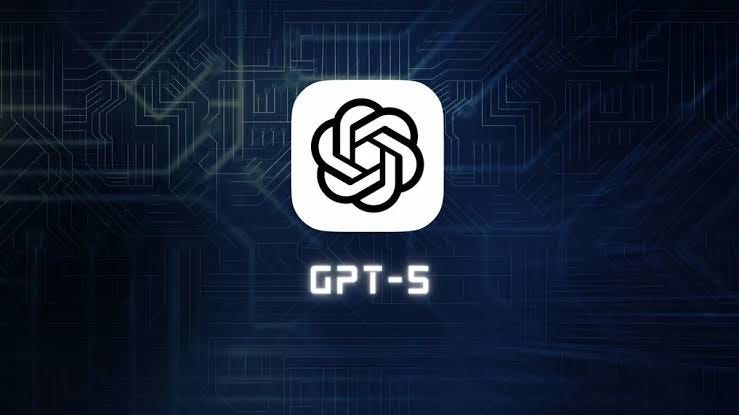When AMD announced the Ryzen AI 4000 family at Computex, cost, rather than pure performance, was the key focus. The new chips, starting around eight dollars and going higher, are capable of delivering thin-and-light notebooks with functions previously priced out of reach. The killer feature is XDNA 2, which is the second generation of neural processing unit integrated into every die by AMD.
What is the XDNA 2?
XDNA 2 has 45 trillion operations per second in a compact accelerator the size of a postage stamp. In contrast to any CPU or GPU, the NPU is optimized for performing matrix math, enabling it to handle language models, image upscalers, and device Copilot+ tasks with minimal battery consumption. Since the logic shares silicon with the Zen 5 cores and RDNA 3 graphics, there is no need to bounce data around a slow system bus, resulting in saved latency and power.
Copilot+ with no cloud
Copilot+ is an upgraded in-house AI processor that Microsoft relies on to provide the Recall, Live Captions, and Cocreator features in Paint. In the past, that was a Snapdragon X or a premium Ryzen AI 3000 purchase. A student can now open a sub-800 laptop and scroll through their history on the screen without Internet access, interpret video lecture translations in real-time, or create art drafts alongside an essay without exchanging confidential data with external servers.
Comparison to Snapdragon X
Initial performance comparisons place the Ryzen AI 5 540 on par with Qualcomm’s mid-level Snapdragon X Plus in stable diffusion image generation and slightly ahead of Qualcomm’s Snapdragon X Elite in continuous GPT-4 style text completion with the Ryzen AI 7 580 model. The graphics are still on the side of AMD, with the twelve RDNA compute units delivering adequate e-sports frame rates.
Thermals and battery life
Since the NPU conducts most of the heavy lifting regarding inference, the CPU and GPU have an opportunity to idle more frequently. AMD quotes full-HD video playback time as twenty hours on a 53 Wh battery, and fan noise can only be heard as a whisper in a normal classroom setting. It is all contained within an eighteen-millimeter-thick chassis.
The significance of it Why it matters
The Ryzen AI 4000 series makes on-device AI affordable. College students, small businesses, and users in emerging markets can no longer experiment with generative models at the expense of privacy and battery life. By the end of the year, you should see a flood of Pavilion-, IdeaPad-, and VivoBook-series laptops promising Copilot+ brands with AMD logos. Provided that AMD can maintain a high supply, 2025 might be the year when the local AI becomes the regular laptop option rather than an advanced feature that can be upgraded after purchase.



